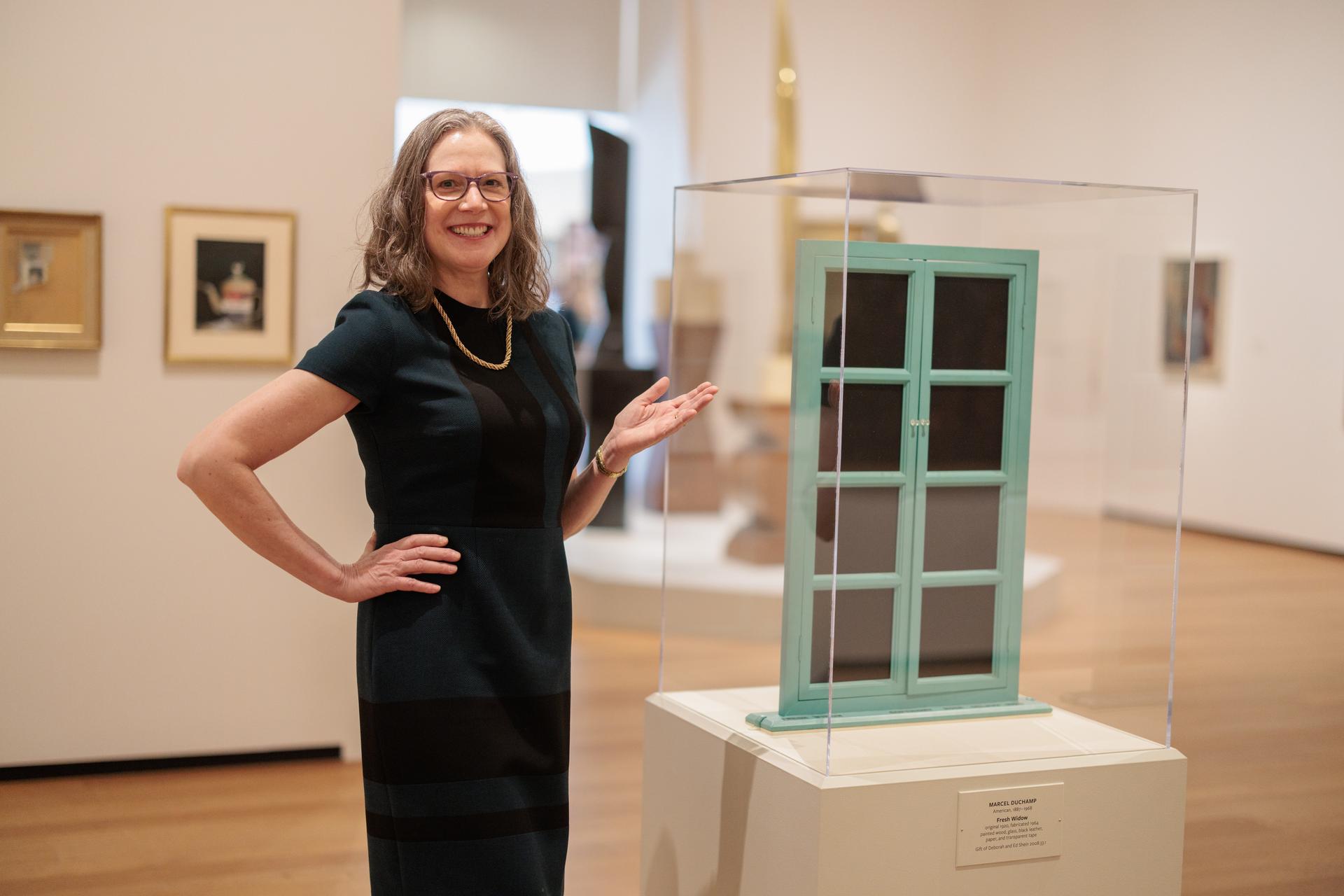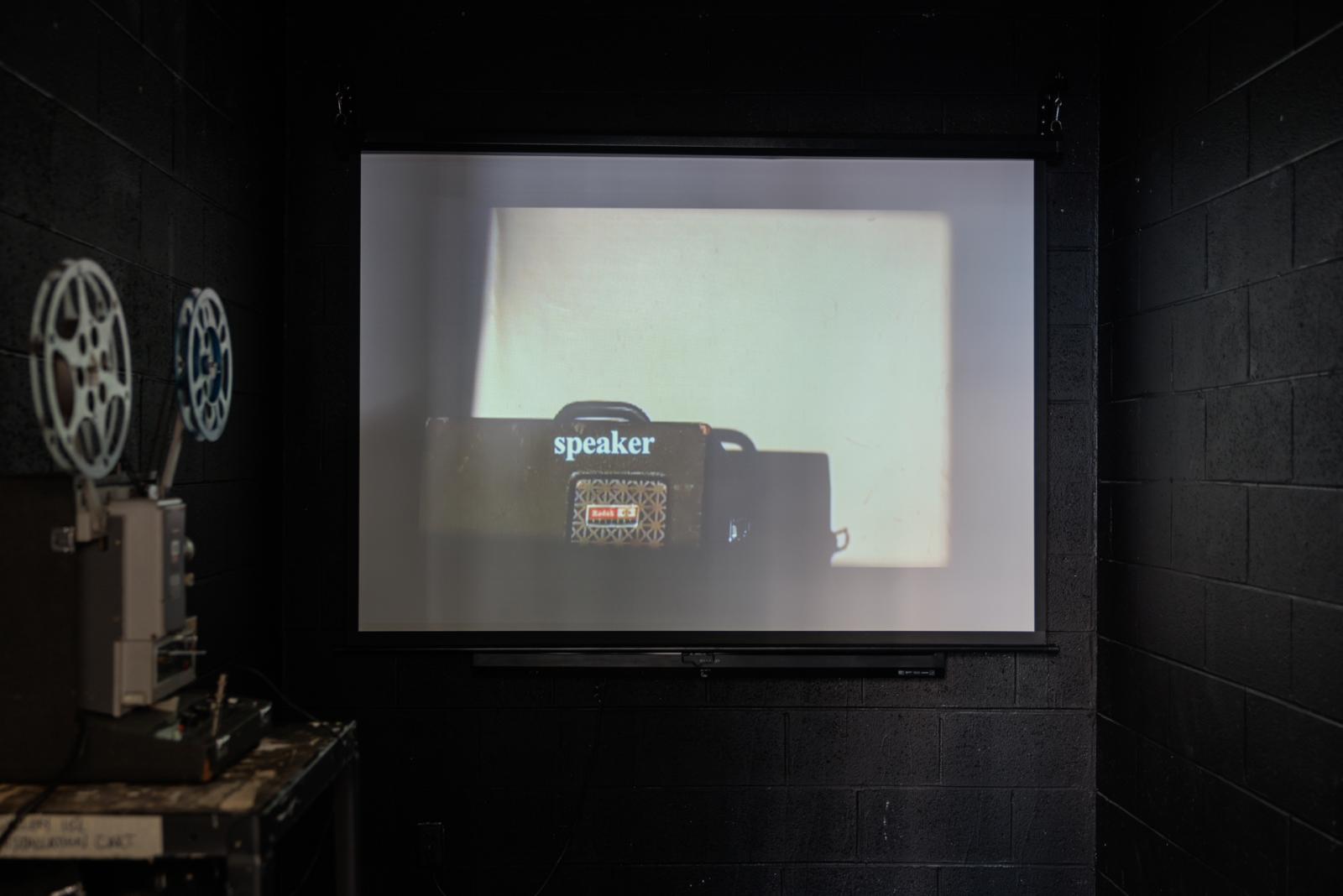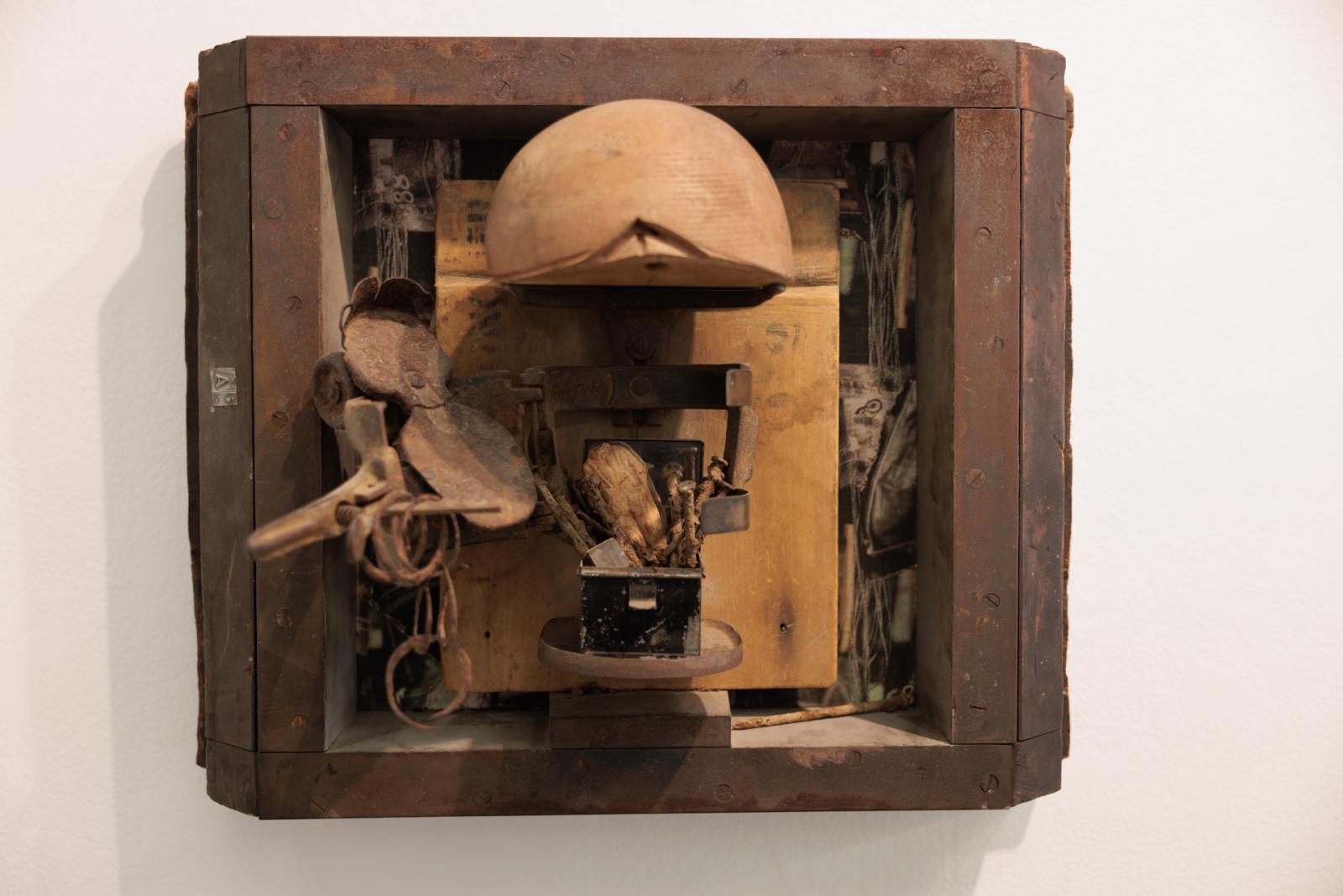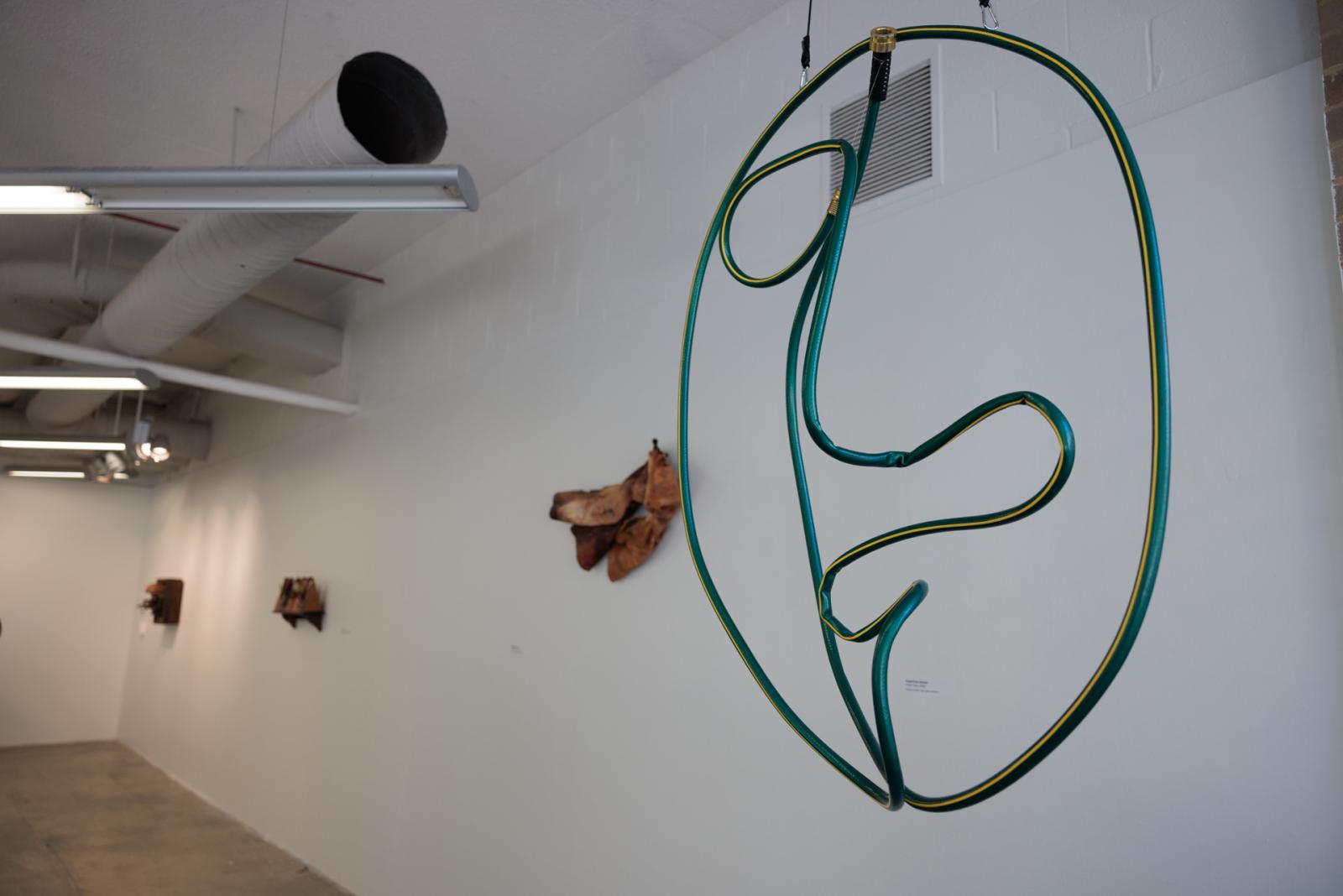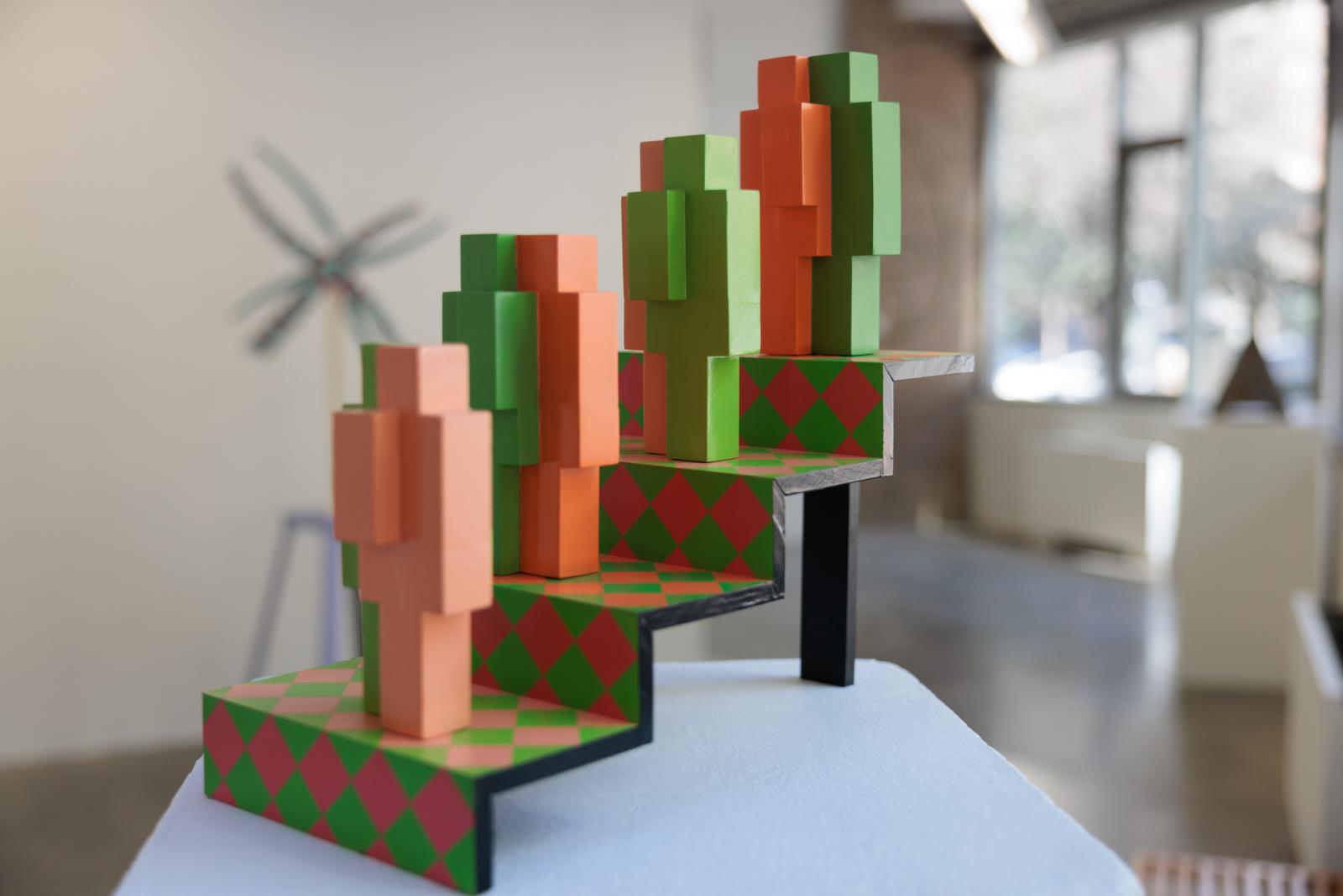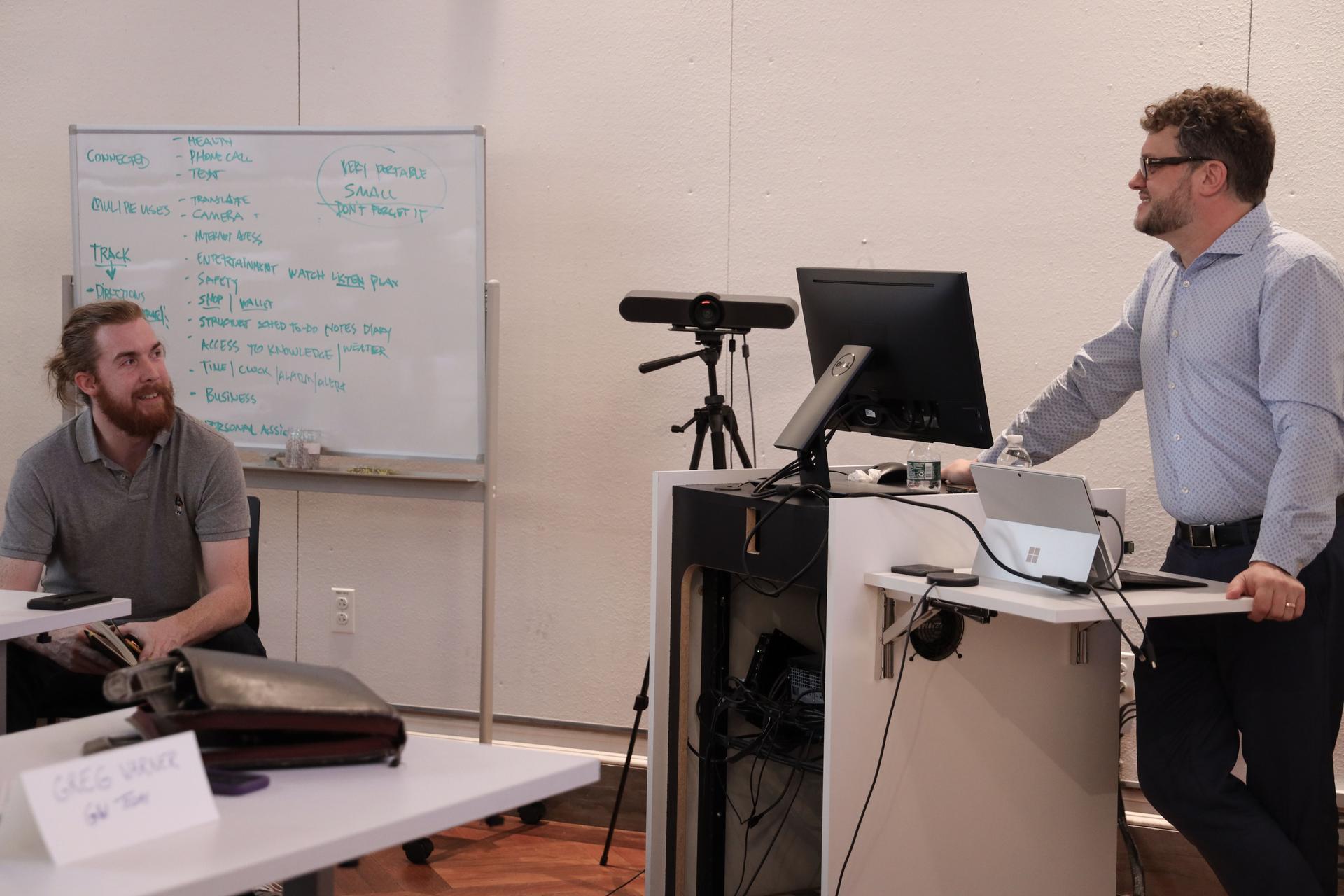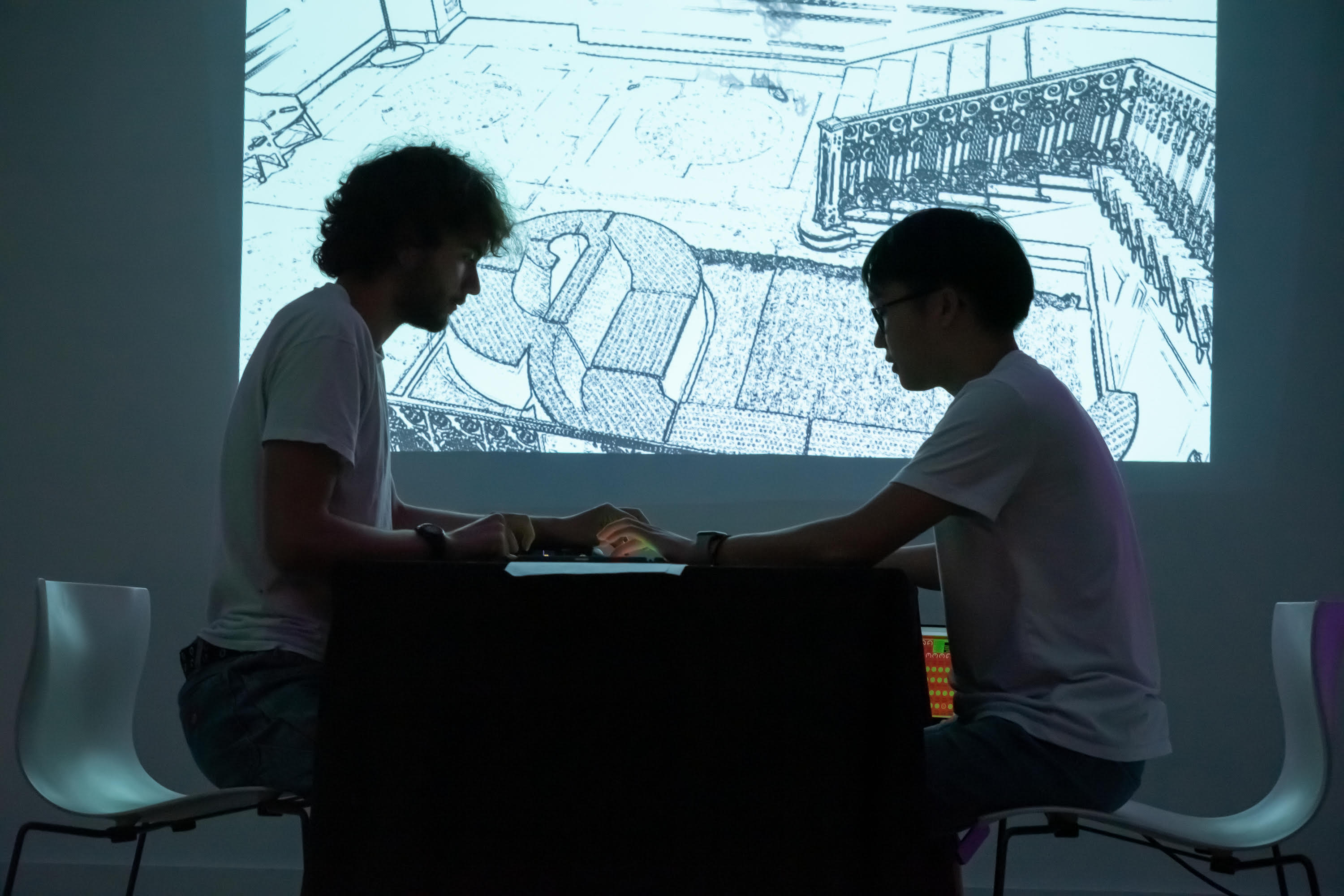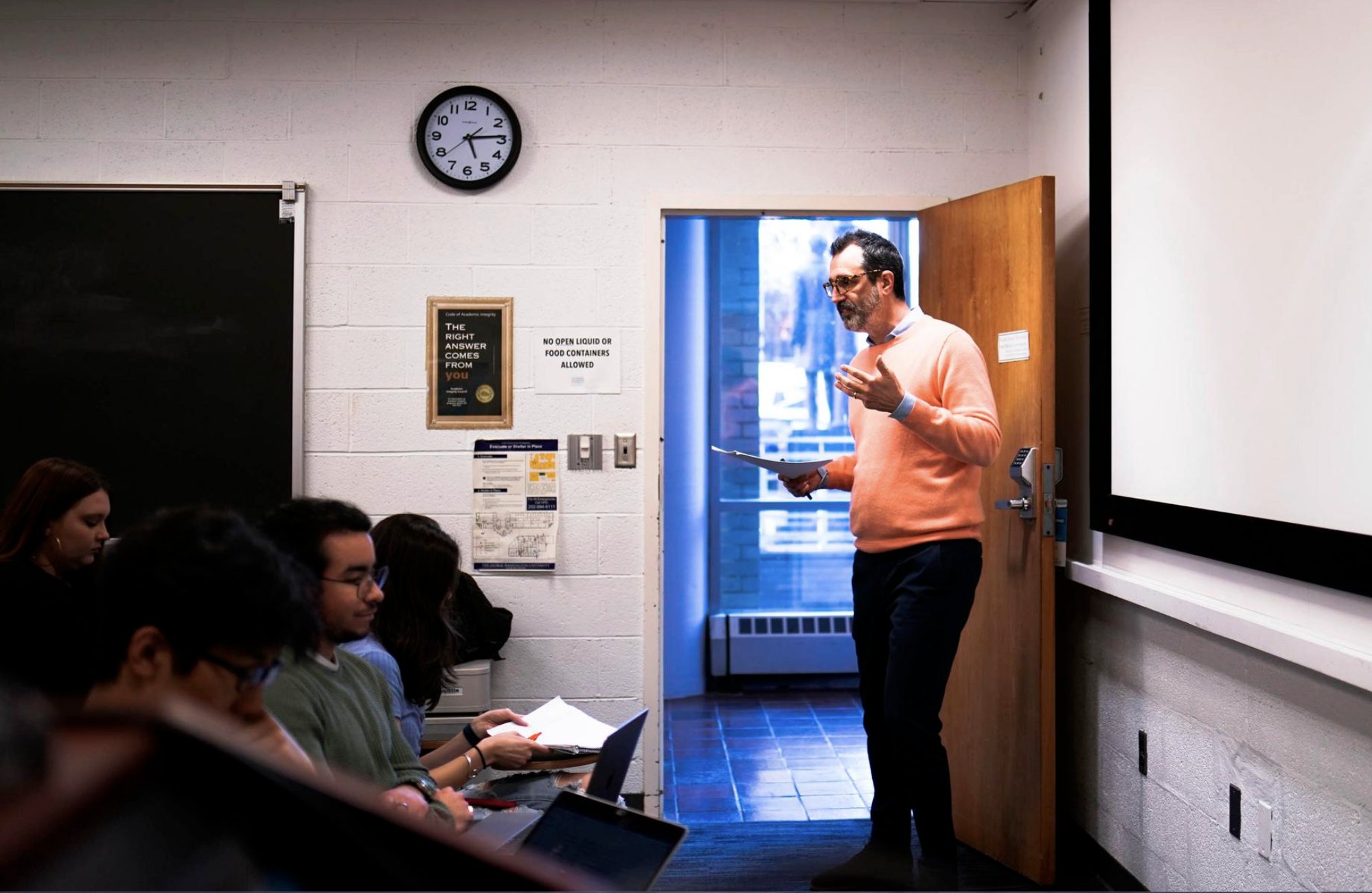The philosopher and critic Arthur Danto saw Marcel Duchamp as one of two philosopher kings of 20th-century art. (The second was Andy Warhol.) George Washington University graduate students enrolled in the course Marcel Duchamp: Dada Provocateur have a unique opportunity to learn about this great modernist while curating an exhibit showing the work of contemporary artists influenced by him. Dadaism originated in Europe in response to World War I, with artists exploring the irrational and flouting tradition.
The course is taught by Lisa Lipinski, associate professor of art history in the Corcoran School of the Arts and Design, housed in GW’s Columbian College of Arts and Sciences. The exhibit, “Art After Duchamp,” features work about Duchamp or created in his spirit. It is being presented by the Corcoran in partnership with Washington Sculptors Group through May 16 in Gallery 102 as part of the larger programming for the annual NEXT Festival. Lipinski was the show’s juror, sifting through a total of 252 entries to select 17 submissions by 15 professional artists.
“Marcel Duchamp has been such an influence on modern art and contemporary art,” Lipinski said, “opening the idea that anything can be art and anyone can be an artist. He’s multilayered and challenging, in part because it’s not obvious what he’s doing.”
Her course attracted students specializing in the areas of exhibition design and museum studies as well as art history. They did everything from deciding what kind of typeface should be used on posters to where the works Lipinski selected would be positioned in the gallery. How would people move through the space? Should a work go on a pedestal or hang on a wall? They were also in charge of taking delivery of the artworks. Several students said they appreciate the hands-on experience.
“The opportunity to design and install an exhibition is giving us exposure to the complexities of the planning process and the many tasks that are involved,” said Ana Echemendia, a first-year graduate student in the art history program.
Thea Polsky, also a first-year art history graduate student, enjoyed working on a team with her peers. “I have come to appreciate the collaboration and conversation that goes into the curation of an art show,” Polsky said.
Another first-year grad student in art history, Peyton Rice, relished the opportunity to work with local artists. “This has been a valuable experience,” Rice said.
Their fellow first-year graduate student, Deirdre Lafferty, said the course gave her “a new perspective in examining what art can mean not only to artists but art historians.”
Duchamp was born in France but eventually became an American citizen. His playful, sometimes outrageous work posed questions that still fascinate. Foremost among them: Does art have to appeal to the eye to be successful, or can its appeal be to the mind?
He criticized the work of fellow artists as “retinal” and proclaimed the value of anti-retinal art. His painting “Nude Descending a Staircase, No. 2” was derided by a New York Times critic who said it looked like “an explosion in a shingle factory.” In another provocative act, Duchamp famously set an everyday plumbing fixture—a urinal—on its side and called it “Fountain,” one in a series of “readymades” or ordinary objects turned into art by the artist’s imaginative power.
Another of his readymades was a snow shovel suspended on wire and titled “In Advance of the Broken Arm.” A later artist, Allan Kaprow, clearly showed Duchamp’s influence by emphasizing the importance of art’s framework. “A cow in a concert hall is a musician,” Kaprow wrote, but “a cow in a barn is a cow.”
A freestanding sculpture by Duchamp, “Fresh Widow,” is in the collection of the National Gallery of Art. At first glance, it’s a window, but the panes of glass are covered with black leather, suggesting mourning. An elusive work with multiple meanings, it speaks to Lipinski of Duchamp’s artistic program as a whole.
“One of the trajectories of Western art was painting as a window,” she said. “The picture plane is transparent, right? You’re looking into worlds that look three-dimensional. But Duchamp is subverting that and maybe making a commentary on retinal art that’s all about seeing illusion.”
“Fresh Widow” is signed by Rose Sélavy, Duchamp’s alter ego. (He later spelled the first name Rrose, perhaps to emphasize the punning play on “eros is life.”) It was characteristic of Duchamp to emphasize the fluid or unstable nature of things. In another playful gesture, he added a copyright symbol after her name.
“Duchamp was always testing the system,” Lipinski said. “He questioned the art system. He did as little as he needed to do to earn a living, and he lived very simply. He followed his own thinking, and he thought unlike anyone else.”
Some of the works included in the exhibit appear in the photographs below. "Art After Duchamp" is on view at Gallery 102 (801 22nd St. NW), Wednesdays through Saturdays from 1–5 p.m.


